
OR
Opinion
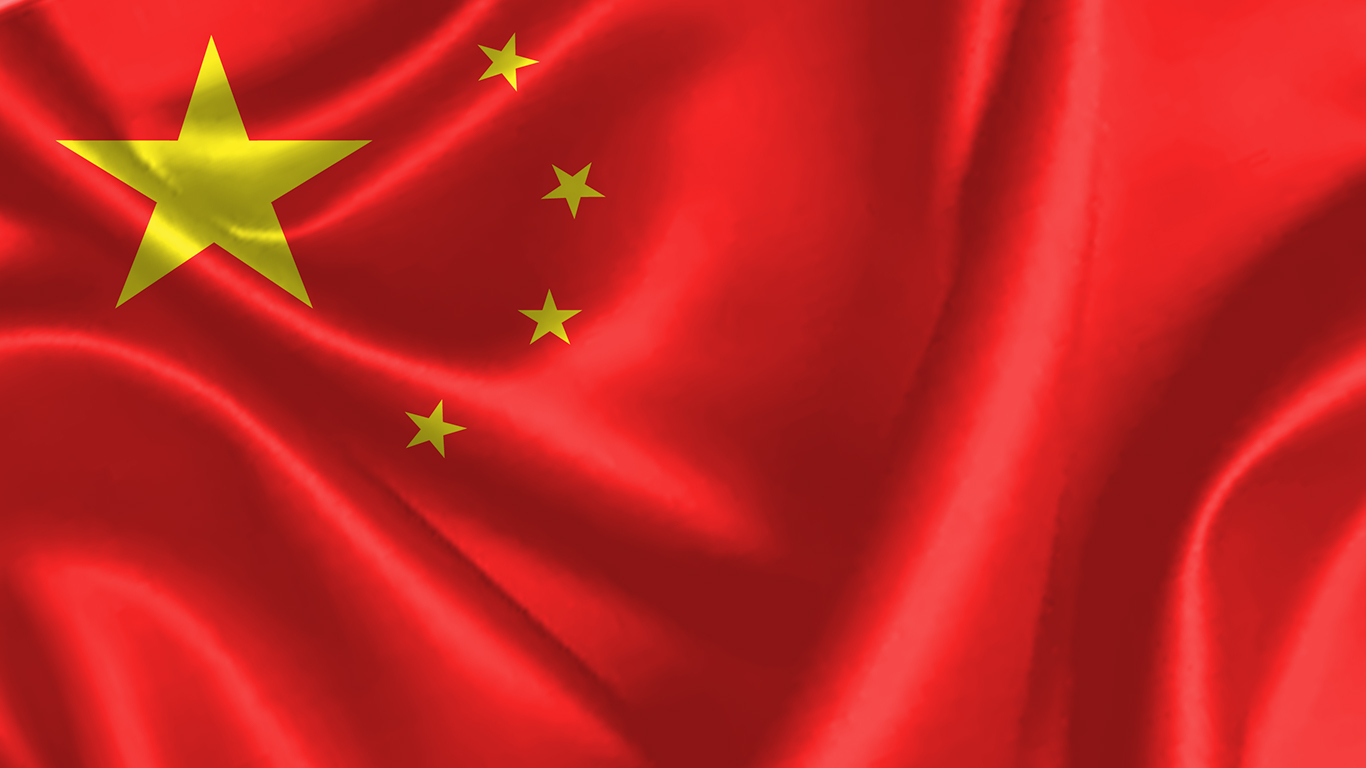
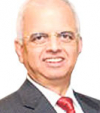
Dinesh Bhattarai
Dinesh Bhattarai, former diplomat and foreign policy expert, has served as the foreign affairs adviser of former prime ministers Sher Bahadur Deuba and Sushil Koirala.news@myrepublica.com
The fifteenth BRICS summit, the first in-person gathering since the COVID-19 outbreak in 2019, took place in Johannesburg, South Africa, from August 22nd to 24th. This summit was part of a series initiated in 2009 in Yekaterinburg, Russia. It gained more global attention than previous summits, occurring amidst the ongoing conflict in Ukraine and escalating geopolitical tensions between the USA and China.
BRIC (Brazil, Russia, India, and China) was initially coined in 2001 by Goldman Sachs economist Jim O’Neil to describe countries with top economic growth engines outside the Western world. South Africa joined the group in 2010, expanding it to BRICS. In its journey of advancing cooperation, promoting peace, security, and development, BRICS has undertaken several initiatives. A notable one is the creation of a bank in 2014, now known as the New Development Bank, which has approved more than $30 billion in loans for development and infrastructure projects in BRICS countries and other emerging market nations. This multilateral development bank is seen as a non-Western alternative to the World Bank. The Contingent Reserve Arrangement was another initiative, assumed to be an alternative to the International Monetary Fund (IMF).
Geopolitics of BRICS expansion
The original BRICS countries are emerging economies and developing nations, each with vastly different governing systems and ideologies. They hold diverse worldviews on contemporary issues. China and Russia are capitalizing on the receptivity of some developing nations that share concerns about American hegemony. China aims to expand BRICS to increase its economic and political power. China and Russia view BRICS as a non-Western counterweight to the G-7, which includes Canada, France, Germany, Italy, Japan, the United Kingdom, and the United States, among others. It's important to note that not all BRICS members are entirely aligned with China and Russia's geopolitical stance.
The current bloc members represent about 42% of the world's population and have a combined GDP of over $27 trillion. With the summit inviting six countries — Argentina, Egypt, Ethiopia, Iran, Saudi Arabia, and the United Arab Emirates — to join BRICS as full-fledged members effective January 1, 2024, the enlarged grouping will account for 46.5% of the world population and $32.66 trillion in GDP. China's economy alone is larger than the others combined. BRICS 2.0 will encompass six of the top 10 oil-producing countries: Saudi Arabia, the United Arab Emirates, Russia, Brazil, China, and Iran. The UAE’s Minister of State for International Cooperation, Reem Al Hashimy, stated, “UAE recognizes BRICS as a mechanism to promote global peace, stability, and prosperity.” This marks the first expansion since its establishment and is likely to pave the way for additional nations to join the group in the future. More than 20 countries, including Nigeria, Indonesia, and Venezuela, have formally expressed interest in joining the group. Non-Western countries are increasingly looking for ways to deepen economic and political ties and to enhance the capacity of BRICS-related institutions, sending a strong message of safeguarding multilateralism and focusing on common development.
Emerging economies are actively presenting themselves as alternatives to the West-led international order. Some are the fastest-growing economies in the region and oil giants, like Iran, Saudi Arabia, and the United Arab Emirates, have now become integral parts of BRICS. Earlier this year, a surprise rapprochement was reached between two long standing adversaries, Iran and Saudi Arabia, facilitated by China. However, persistent tensions between Saudi Arabia and Iran, as well as between Egypt and Ethiopia, cast a shadow over these developments.
The 9th BRICS Summit, held in 2017 in Xiamen, China, was themed "BRICS: Stronger Partnership for a Brighter Future." President Xi Jinping said, “Fresh blood will inject new vitality into BRICS cooperation, increasing the representatives and influence of BRICS.” China looks forward to like-minded parties joining the BRICS family at an early date, China’s ambassador to South Africa, Chen Xialong, wrote in the People’s Daily. When China hosted the BRICS summit in 2022, it formally proposed that the bloc start the expansion process and create procedures. India aimed to establish specific criteria for admitting new members. The expansion is not without significant challenges.
The Chinese Foreign Ministry saw membership in BRICS as a “great success” in strengthening multilateralism, terming the expansion as “historic” and a “new starting point for BRICS cooperation.” China Daily (August 25, 2023) saw the expanded BRICS as an antidote to conflict. BRICS is considered a counterweight to the West as the US-led world order is fraying. The institutions created after WWII are increasingly proving inadequate to address the challenges of the day. The WTO is almost nonfunctional. The trend of retreating seen during the Trump administration is largely perceived to be continuing.
Iran is strategically located as a bridge between West, Central, and South Asia, and remains the chief antagonist of the United States. Tehran saw its accession to BRICS as the United States’ failure to isolate Iran and a “setback for the US” in its attempts to stifle the country. With Iran in its fold, BRICS seems to be creating a new axis, injecting a new sense of uncertainty and fragmentation into the bloc. The grouping is likely to go antagonistic towards the West and may ultimately destabilize the bloc. A Bloomberg editorial headlined, “A bigger BRICS marks a failure of US leadership.” It further states that expanding the group is unlikely to help its members, but Washington and its friends should still be on notice. According to Prof Paul Poast of the University of Chicago, the BRICS Summit in South Africa sends a “message of dissatisfaction” to the Western World.
Under the prevailing circumstances, China, Russia, and Iran create a sense of being more about fighting the US-led order. They believe the addition to the BRICS would help “secure stability in the region, create a balance in world energy markets, and improve regional and food security.” The biggest challenge is whether BRICS can remain united and focused without the politics of future members. This remains a big question. The front runner in the incoming member country, Argentina’s Javier Milei, as a presidential candidate, has called for radical change. Milei, if elected, is reported to have said he "would bring Argentina closer to the US, reform trade with Brazil, freeze ties with socialist countries, and end Argentina’s relationship with China.” There are contrasting perspectives on how expansion might impact the coherence and decision-making within the bloc. The members profoundly differ in their economic and governance systems and ideologies. They have pursued divergent approaches in their relationship with the US. Brazil, India, and South Africa are democracies, while Russia and China are rated as autocracies. Russia and China possess nuclear weapons, whereas Brazil and South Africa do not have them.
There are also arguments that the expansion could potentially exacerbate these disparities. Some have even argued that the expansion could further undermine coherence and decision-making in the bloc, where every member state holds an equal voice and involvement in decision-making, emphasizing the principle of ‘nothing is agreed until everything is agreed.’ The growing influence of China and Russia in the BRICS raises concerns about potentially diluting its consensus-driven decision-making structure.
The African Continent has garnered global attention in recent years. The XV BRICS Summit Johannesburg Declaration on BRICS and Africa: Partnership for Mutually Accelerated Growth, Sustainable Development, and Inclusive Multilateralism has 94 points. Point 44 recognizes “the widespread benefits of fast, inexpensive, transparent, safe, and inclusive payment systems” and welcomes “the sharing of experience by BRICS members on payment infrastructures, including the interlinking of cross-border payment systems.” BRICS stresses “the importance of encouraging the use of local currencies in international trade and finance; transactions between the BRICS members as well as other developing countries.” However, discussions of a common currency as an alternative to the dollar seem premature.
The expansion of BRICS is perceived to bolster its economic and political influence as a non-Western forum. Together, they are pushing BRICS to actively engage with the Global South, aiming to offset Western influence. They want to use BRICS to diminish Western dominance within global institutions by providing an alternative to G-7 and positioning the group as “an alternative pole in the world order.” China hopes deeper political ties would garner increased support for its initiatives than in other forums. The ongoing Ukraine War is perceived as a driving force compelling China to elevate BRICS’ global prominence.
The escalating strategic rivalry between China and Russia on one side and the Western powers on the other is currently a prominent issue. There are geopolitical rivalries between China and India. They have been embroiled in long-standing border disputes in the Himalayan frontiers, where clashes occurred in June 2020. No meeting between Indian Prime Minister Narendra Modi and Chinese Premier Li Qiang on the sidelines of the recently held G20 in New Delhi was reported. China does not seem to be interested in having its Ambassador in New Delhi, as written by India’s former Minister Manish Tiwari on X, formerly Twitter, “It is evident that China is preparing for something that should not catch India by surprise.” The trust between two emerging powers, China and India, appears to be eroding. Brazil and India have growing ties with the US/Europe and do not want to be seen as strategic rivals to the “liberal international order.” With the expansion, China is seen widening its leadership.
In recent years, India has developed close security ties with the US. India and the United States have been termed the “closest friends,” with relations spanning from “seas to the stars.” India is in the Quadrilateral Security Dialogue (QUAD), which is largely seen as a response to Chinese naval expansionism in the Indo-Pacific. “India will be happy to host the QUAD summit in 2024,” Prime Minister Modi said during the G-7 meeting in Hiroshima. The Indian prime minister emphasized that the “Quad will continue to make efforts towards global good, the welfare of the people, prosperity, and peace." Brazil under Luiz Inacio Lula da Silva seeks to establish its global and regional status. A non-aligned strategy has long been enshrined in Brazil's constitution. The policy of non-alignment precludes the possibility of forming an alliance with China against the West.
To Ming Jinwei, an independent political commentator, the summit sent a clear message to the United States and its allies that “you cannot contain or suppress China because it has friends all over the world.” Ukraine has been a distraction for the US, which withdrew from Afghanistan to focus on the Indo-Pacific region. The US is less engaged with developing nations, while China has come up with three initiatives on development, security, and civilization. These are considered global-spanning projects.
Nepal should remain watchful
The world has been changing rapidly, undergoing a fundamental transformation of global power, transitioning from the West to the East. Asia has reemerged in a significant way. Seen from the lens of this geopolitical transformation, BRICS has been perceived as a forum dominated by Chinese-Russian influence against the West. China and Russia, with their "limitless friendship," are increasingly at odds with the “liberal international order” established after World War II. It is also no secret that China, under President Xi, has shifted from its more passive “bide your time and hide your capacity” model of global political relations to a more assertive position. China has been working to build an alternative to “non-Western frameworks” as reflected in the floating of the Belt and Road Initiative, Global Security Initiative, Global Development Initiative, and Global Civilization Initiative.
As more Asian nations stand in line for BRICS membership in the days to come, Nepal needs to remain watchful about the evolving geopolitical positions of the new member countries. Nepal should study closely, cautiously, and carefully the evolving scenario and fully understand the political dynamics at work and their possible implications on Nepal’s national interests. A full understanding of these political dynamics within BRICS can provide insights into how Nepal might navigate its own relationships in the context of the fast-evolving geopolitical scenario with these countries. What could be the possible lessons for regional integration from BRICS expansion could be a matter of interest to Nepal, currently heading the regional grouping of the South Asian Association for Regional Cooperation (SAARC). As Nepal’s immediate neighbors, India and China, are the dominant players in BRICS, how their relations evolve in the coming days and how their leadership evolves within BRICS should also be a matter of close interest to Kathmandu.
You May Like This
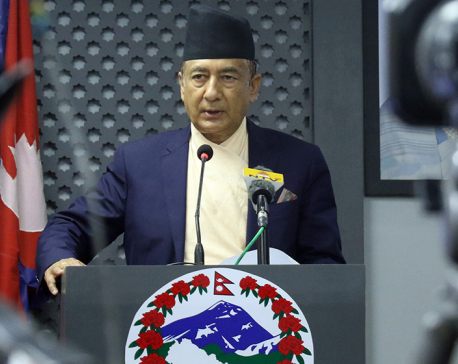
Govt approves several Chinese proposals
KATHMANDU, March 29: The government has decided to approve the grant assistance and the technical assistance related to the feasibility... Read More...
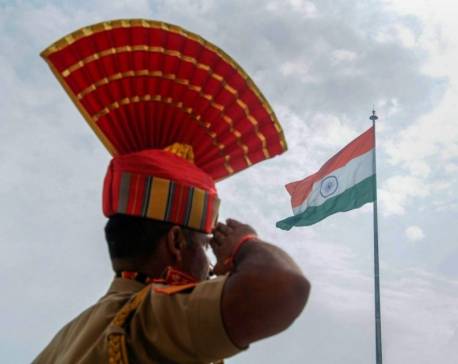
The fault lines of Indian regionalism
Although India is competing with China by investing in connectivity in the region, it has not fully embraced economic openness.... Read More...
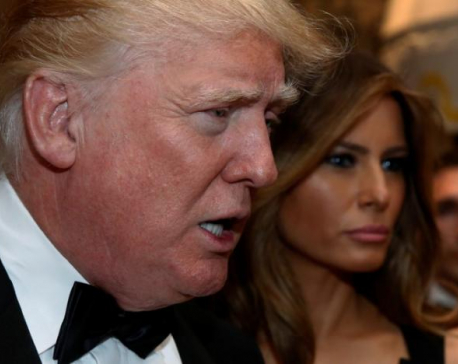
Chinese state tabloid warns Trump, end one China policy and China will take revenge
SHANGHAI/TAIPEI, Jan 9: State-run Chinese tabloid Global Times warned U.S. President-elect Donald Trump that China would "take revenge" if he reneged... Read More...




Just In
- NEA Provincial Office initiates contract termination process with six companies
- Nepal's ready-made garment exports soar to over 9 billion rupees
- Vote count update: UML candidate continues to maintain lead in Bajhang
- Govt to provide up to Rs 500,000 for building houses affected by natural calamities
- China announces implementation of free visa for Nepali citizens
- NEPSE gains 14.33 points, while daily turnover inclines to Rs 2.68 billion
- Tourists suffer after flight disruption due to adverse weather in Solukhumbu district
- Vote count update: NC maintains lead in Ilam-2












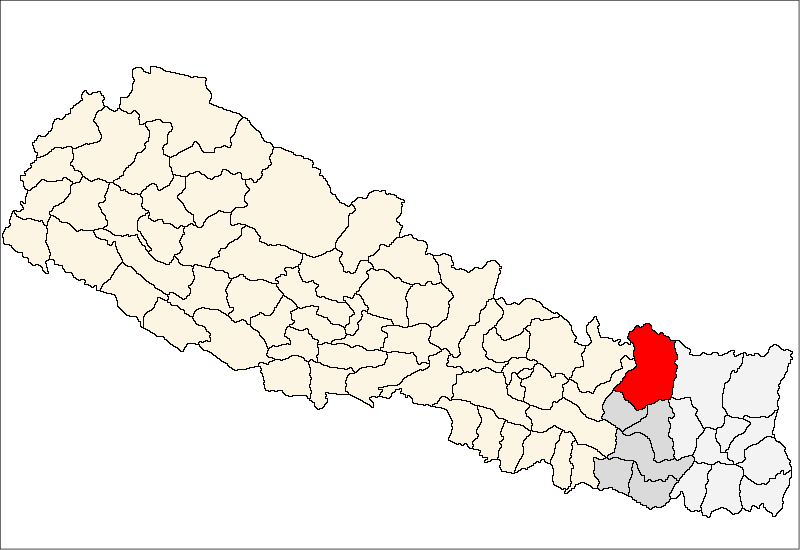
Leave A Comment